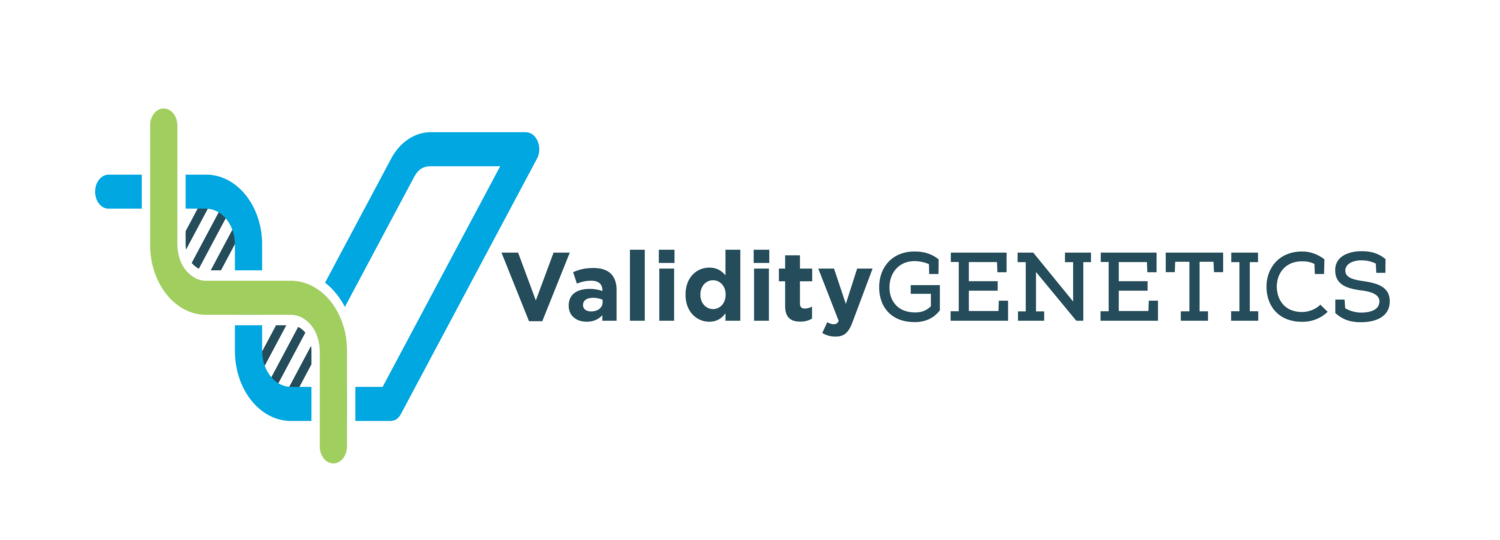Sibling DNA testing is a powerful tool for determining biological relationships between siblings when parental DNA isn’t available. Whether you’re confirming family ties, exploring genealogy, or settling legal matters, the accuracy of these tests is critical. But how reliable are sibling DNA tests, and what factors influence the results? This guide explores sibling DNA test accuracy, shared DNA percentages, and how to interpret results to give you the clarity you need.
What Is a Sibling DNA Test?
A sibling DNA test analyzes the genetic material of two or more individuals to determine if they share one or both biological parents. This test is especially useful in situations where one or both parents are unavailable for testing.
Types of sibling relationships tested include:
Full Siblings: Share both biological parents.
Half-Siblings: Share one biological parent.
Unrelated Individuals: No shared biological parents.
The test compares specific DNA markers, known as Short Tandem Repeats (STRs), to calculate the probability of a biological relationship.
How Accurate Are Sibling DNA Tests?
Sibling DNA tests are highly accurate when conducted by reputable companies like Validity Genetics, but their precision depends on several factors:
1. Shared DNA Percentage
The amount of DNA shared between siblings varies based on the type of relationship:
Full Siblings: Share approximately 50% of their DNA.
Half-Siblings: Share about 25% of their DNA.
Unrelated Individuals: Share close to 0% of their DNA.
However, these percentages are averages, and actual results may vary slightly due to genetic inheritance.
2. Parent Involvement
Including one or both parents in the test significantly increases accuracy. When a parent’s DNA is available, the lab can isolate the parental contribution, making it easier to confirm sibling relationships. Without a parent, the test relies solely on comparing siblings’ DNA, which can introduce some uncertainty.
3. Likelihood Ratios
Results are expressed as a Sibling Index or Likelihood Ratio, which indicates the probability of a biological relationship. A high likelihood ratio (greater than 1.00) suggests the individuals are likely related, while a low ratio (less than 1.00) suggests they are not.
Understanding Shared DNA Percentages
Shared DNA percentages are a key factor in sibling test accuracy. Here's how these percentages break down:
For example, if two individuals share 48% of their DNA, they are likely full siblings. However, if the shared DNA falls closer to 20%, a half-sibling relationship is more likely.
Factors That Affect Sibling DNA Test Accuracy
Genetic Variability
DNA inheritance is random, which means the percentage of shared DNA can vary slightly, even among full siblings. This variability is why results are presented as a probability rather than a definitive answer.Sample Quality
High-quality samples (e.g., cheek swabs) improve the test’s accuracy. Contaminated or degraded samples may result in inconclusive results.Inclusion of Additional Relatives
Adding other relatives (e.g., parents, other siblings) to the test provides more data points and increases accuracy.
Interpreting Sibling DNA Test Results
Sibling DNA test results typically include:
Sibling Index: A numerical value indicating the likelihood of a sibling relationship.
Probability of Relationship: Expressed as a percentage (e.g., 99% probability of being full siblings).
How Validity Genetics Ensures Accurate Results
At Validity Genetics, we use advanced DNA analysis techniques to ensure the highest level of accuracy:
State-of-the-Art Technology: Our labs analyze multiple STR markers to provide precise results.
Experienced Scientists: Our experts interpret results carefully to minimize ambiguity.
Confidential Process: Your privacy is our priority, with secure handling of all samples and results.
FAQs About Sibling DNA Test Accuracy
Q: Can results be inconclusive?
A: In rare cases, results may fall into an inconclusive range. Adding a parent or additional relative to the test can help resolve these cases.
Q: How long does testing take?
A: Most results are available within 5-7 business days after the lab receives your samples.
Q: Do sibling DNA tests hold up in court?
A: Yes, when performed by an accredited lab, sibling DNA tests can be used for legal purposes such as inheritance or custody cases.
When Should You Consider a Sibling DNA Test?
Confirming Biological Relationships: When there are questions about shared parentage.
Immigration or Legal Purposes: To provide proof of familial ties.
Exploring Family History: For genealogy or ancestry research.
We can help!
Sibling DNA tests are an invaluable tool for confirming biological relationships. While their accuracy depends on factors like shared DNA percentages and sample quality, tests performed by trusted labs like Validity Genetics offer reliable results you can trust.
Ready to uncover the truth? Visit Validity Genetics to learn more about sibling DNA testing or to order your test today.






